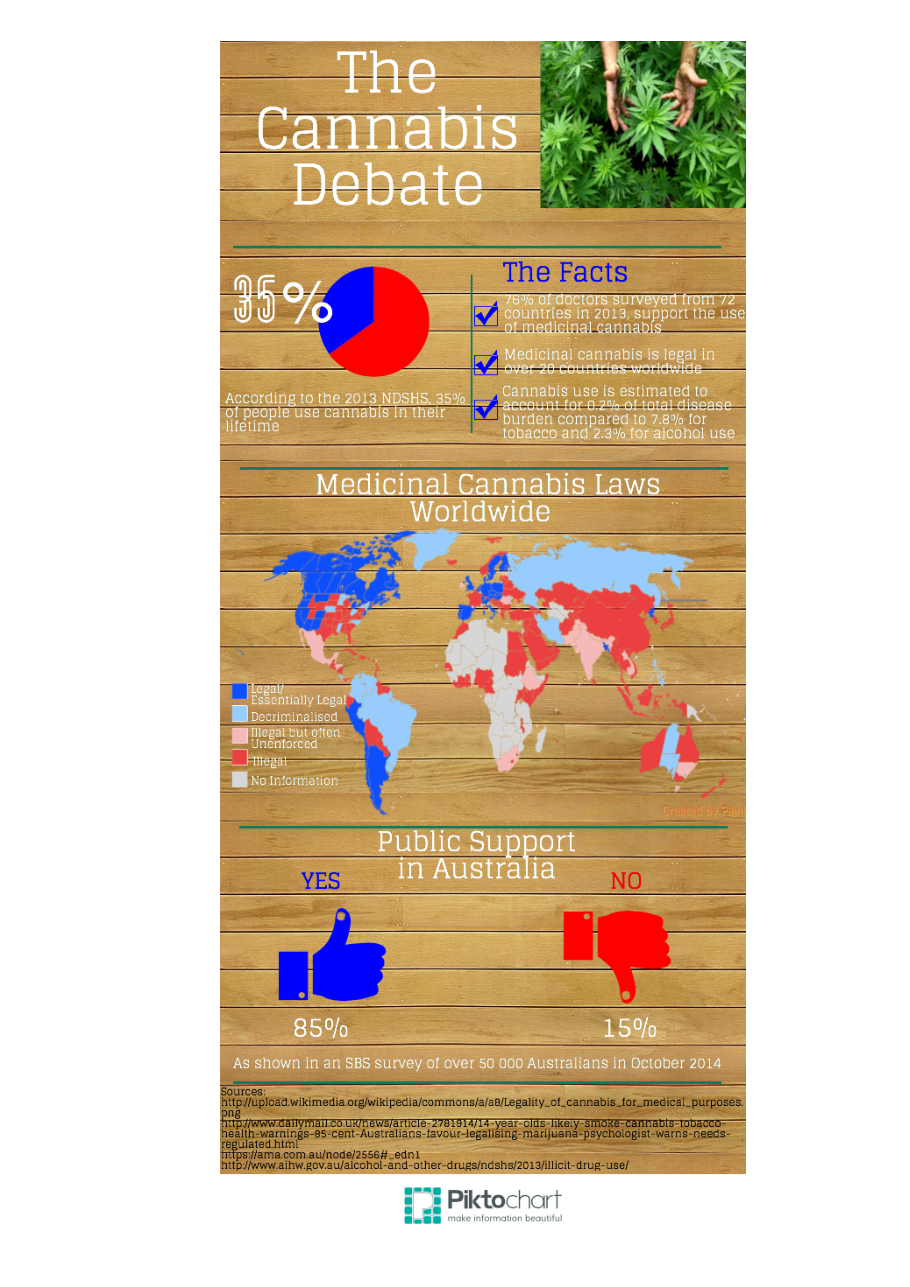
The Waiting Pain
JAMES Wood* is a teenage entrepreneur. The Brisbane-based businessman travels the world expanding his empire. But beneath his success, James carries with him a burden. Every day he has to deal with crippling pain.
James is not alone. In Australia, one in five people live with chronic pain, with the figures escalating to one in three above the age of 65.
For James, the discomfort of suffering from Chronic Abdominal Nerve Pain has become a difficult part of his life.
Having battled and overcome Lymphoma in 2010 and a relapse in 2012, when he began to feel a subtle pressure in his abdomen James wasn’t overly concerned. Two months later, when the pain had not disappeared but significantly intensified, he visited his doctor.
Multiple blood tests, scans and ultrasounds failed to find a problem and he began treatment with a non-opioid painkiller. It worked peripherally, unlike opiates, which act directly on pain receptors in the brain and spinal cord.
However the pain wasn’t subsiding and he had no choice but to switch to opiates;morphine in the tablet form of Endone. After months of incremental dosage increase his body became tolerant, so he switched to Oxcycontin, the strongest opiate available for oral consumption.
James underwent a Laparoscopy, which found the lymph nodes in his bowel to be inflamed, but not cancerous.
“At this point I was told there was nothing physically wrong with me, but my nerve system had a kink in it somewhere causing pain that basically they couldn’t fix,” he said.
“I was told the pain wouldn’t go away.”
After being admitted to St Vincent’s Pain Clinic for eight nights, he was discharged and monitored for another three months.
“Somewhere, there’s one little nerve out of line they can’t find.”
He compares the lowest pain level to a feeling of pressing hard into your abdomen.
“When it’s bad, it’s more like a stabbing. It’s only reached a nine or ten about three times. I was crippled on the floor.”
These days, James uses vapourised cannabis twice a week to manage his pain levels. In Australia this practice is currently illegal in all states, with varying penalties for possession.
However he is not the only one. An unknown number of Australians with serious health conditions use cannabis medicinally on a daily basis to replace their ineffective prescribed medications.
Tony Bower is the owner of Mullaways Medicinal Cannabis, a federally-registered company for the purpose of research, education, development and delivery of medicines derived from cannabis and cannabinoids.
He firmly believes in the benefits.
“It is able to get through the blood cell barrier, by protecting the good cells and working to repair them.”
However, experts are concerned with the side effects of Cannabis use, in particular the possible link to psychosis and other mental illnesses.
Karryn Redpath, a former addict turned drug and alcohol awareness educator and Director of DAESY says that, “Legalisation would increase the number of users.”
“To an adolescent, being legal equates to being safe and this is definitely not a safe drug. As someone who has seen the devastating effects of marijuana-induced psychosis first hand, and who has read many studies, I do believe the negative effects of smoking marijuana outweigh whatever positive effects it may be perceived to have.”
Michael Balderstone, President of the Help End Marijuana Prohibition (HEMP) Party,says Cannabis use does not lead to harder drugs.
“Some people like being in a mind altered state, but 50-percent of school leavers have tried cannabis and most who have tried it when they’re young, don’t go on to be frequent users as adults,” said Mr Balderstone.
Ms Redpath disagrees, saying, “Once a person has experienced a mind altering substance, it is often natural human curiosity that leads the user to progress to other drugs.”
“On a personal level, I know that smoking marijuana opened the door to other drugs for me and for everyone I knew who moved on to other drugs.”
Professor Wayne Hall of the University of Queensland Centre for Clinical Research is an NHMRC Australia Fellow of addiction neuroethics and has undertaken extensive research on the topic.
“The current evidence suggests modest benefits for cannabis extracts and Tetrahydrocannabinol (THC) in pain. It could be that Cannabidiol (CBD) has more potent analgesic effects than THC. If this proved to be the case, Cannabinoids could play a more useful role in pain. But we need more research to decide if this is the case.”Professor Hall does not support blanket legalisation.
“I do not see the available evidence making a case for legalising cannabis any more than the proven analgesic effects of opiates provide a reason for bringing back opium smoking.”
“I would support the police being directed not to enforce criminal penalties against patients who use cannabis. This is different from the government getting involved in supplying cannabis.”
Mr Bower does not see the need for further testing of a drug that has already been approved for medicinal use in numerous countries.
“I think they’re grabbing at straws saying it needs further research. There has been something like 86 trials and tests done overseas. A lot of drugs which are TGA (Therapeutic Goods Administration) accepted have not been tested,”
Mr Balderstone agrees, saying, “It should have nothing to do with criminality. We need to bring respect back into the industry.”
For James, Cannabis has provided relief.
“I can’t complain too much about life,” he says.
“I wish I didn’t have to deal with pain all the time, but in saying that, if it wasn’t me it might be someone else, so I don’t think I’d change it.
”Recent polls show 85-percent of Australians support medicinal Cannabis legalisation. But for James and many others, waiting for research to be recognised and cannabis legalised, is not an option.“In the meantime, we all just take the risk,” he says.
*Name has been changed to protect privacy
This post was originally published on Golden-I UQ 2014.
